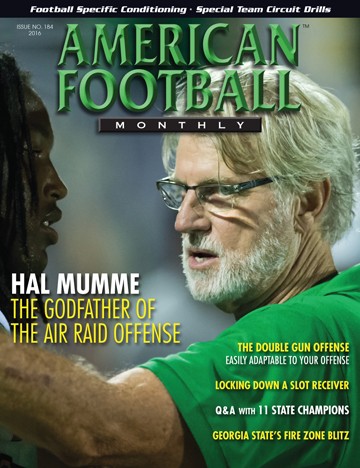Article CategoriesAFM Magazine
|
Coach to Coach: Coaching Staff Self-Improvement from the Inside-Outby: Jared M. WoodSports Psychology Consultant © More from this issue Self-evaluation can be incredibly important for professional development, yet so often we make evaluation sterile, boring, and too driven by numbers. I will not focus on that type of evaluation for several reasons, not the least of which is that you probably already have a way to do that type of evaluation or have easy access to such an evaluation by performing a quick internet search. I’m going to propose a different type of self-evaluation, one that I believe is superior to the typical self-evaluation. This type of self-assessment may seem scary because it is short on assessment and long on improvement, but hopefully that is viewed as a good thing. The reason behind this form of assessment is that it places the burden for assessment and improvement where it belongs – on the individual. Yes, there is a time and pl....The full article can only be seen by subscribers.
|
|
|||||||
| HOME |
MAGAZINE |
SUBSCRIBE | ONLINE COLUMNISTS | COACHING VIDEOS |
Copyright 2025, AmericanFootballMonthly.com
All Rights Reserved





